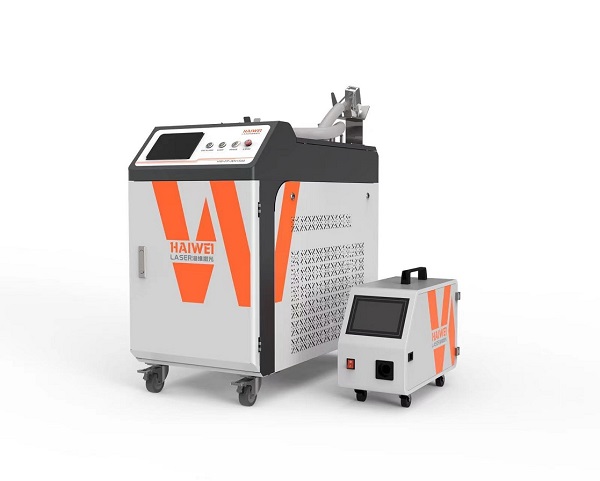Laser Welding Machine: Advantages for Welding Stainless Steel
Using a laser welding machine for stainless steel applications offers several practical benefits in industrial manufacturing. The process delivers consistent, high-quality joints that meet demanding standards in sectors like food processing, pharmaceuticals, and automotive.

Precision and Narrow Weld Beads
A key advantage of stainless steel laser welding is the narrow heat-affected zone (HAZ). The concentrated energy input minimizes distortion, which is especially important for thin sheets or complex geometries. This precision reduces the need for post-weld finishing and helps maintain the dimensional accuracy of the part.
Strong, Clean Joints
Laser welding produces deep penetration with high aspect ratios, resulting in strong fusion between stainless steel components. The weld surface is typically smooth and uniform, with little spatter. This improves both mechanical performance and aesthetic quality, which matters in visible parts such as enclosures or architectural elements.
Preservation of Corrosion Resistance
Stainless steel relies on a chromium oxide layer for its corrosion resistance. Traditional welding methods can disrupt this layer due to wide thermal exposure. With a laser welding machine, the localized heat input helps preserve the material’s inherent properties. Proper shielding gas use (usually argon or argon-helium mix) further protects the weld pool from oxidation.
High Speed and Process Stability
Compared to TIG or MIG welding, laser welding is faster, especially for long, straight seams. This increases throughput without sacrificing quality. Modern systems offer stable beam delivery via fiber optics, ensuring consistent performance over extended production runs.
Automation Compatibility
Laser welding machines integrate easily with robotic arms or CNC stages, making them suitable for automated stainless steel fabrication lines. This supports repeatability and reduces dependence on skilled welders.
Considerations for Success
Joint fit-up must be precise, as gaps can lead to porosity. Surface cleanliness is also critical—oil, grease, or oxide layers should be removed before welding. Using the right parameters for the specific grade (e.g., 304, 316) ensures optimal results.
For users considering stainless steel laser welding, the technology provides a reliable, efficient method to achieve durable, clean, and dimensionally stable welds across various industrial applications.
Recent Posts
- What are the advantages of laser welding machines in lithium battery pack production lines?
- What issues should be noted when choosing a lithium battery pack production line?
- Quality Inspection and Control of Lithium Battery Module Pack Production Line
- Cell grouping and sorting process in lithium battery module pack production line
- What are the safety hazards of lithium battery pack production lines and how can they be prevented?
INQUIRY

